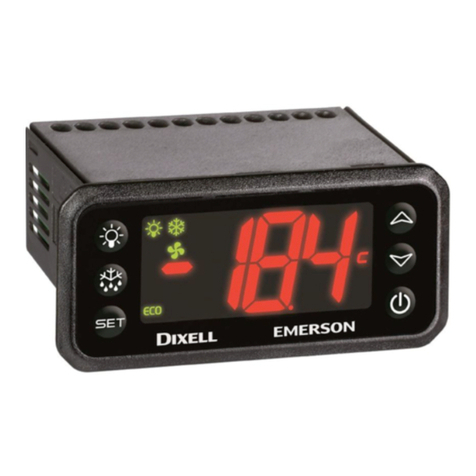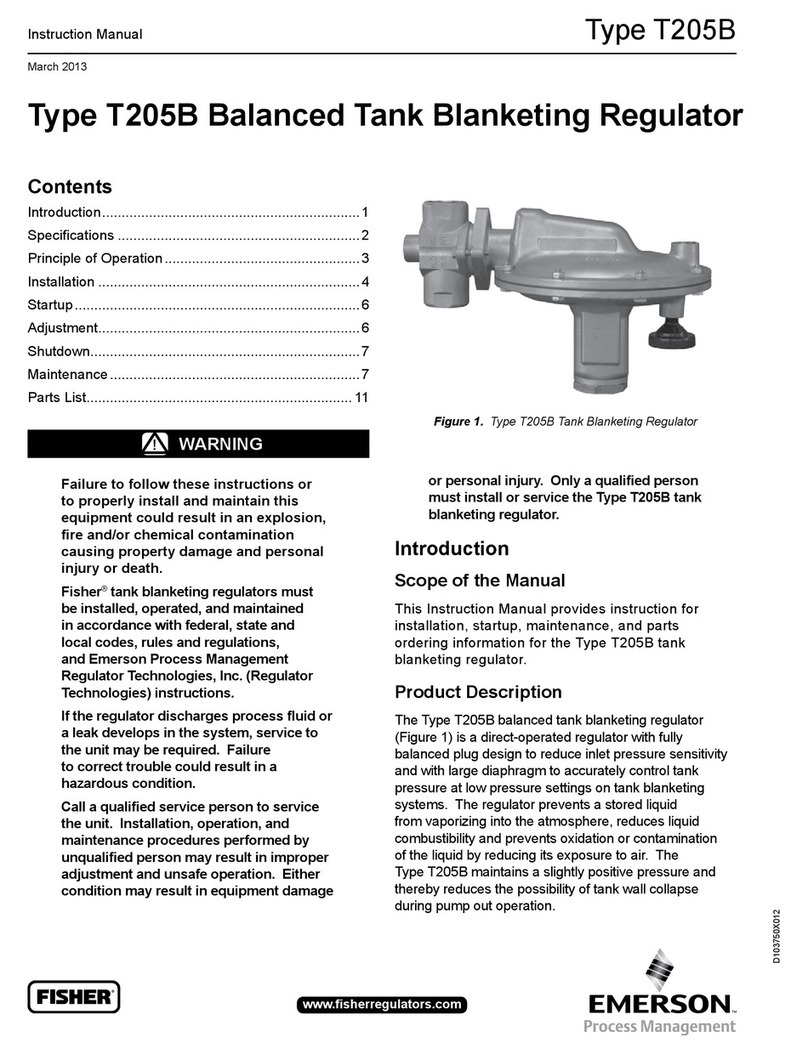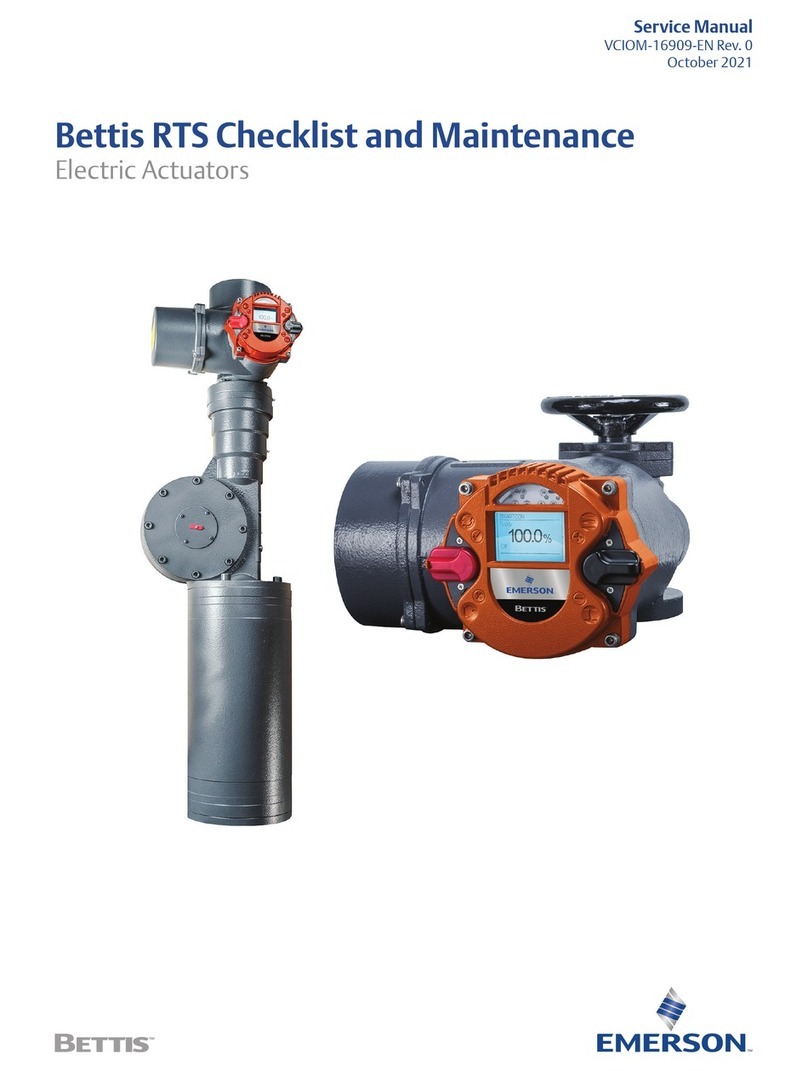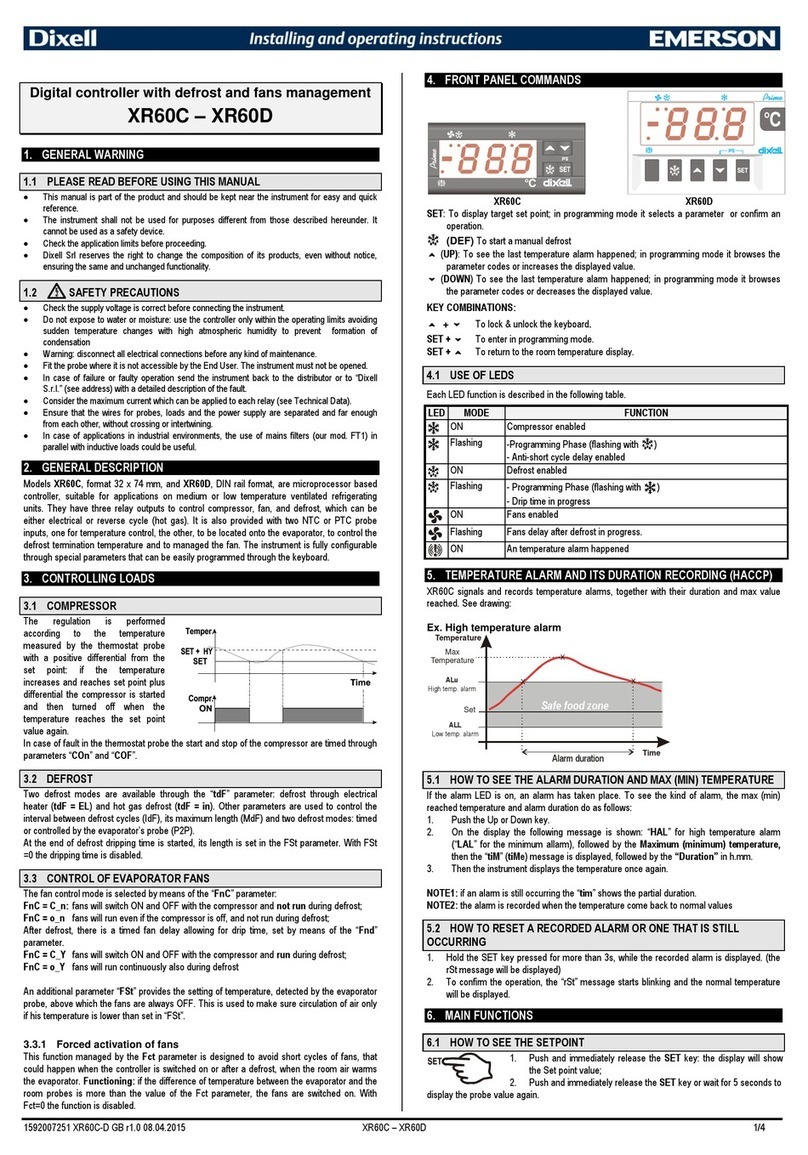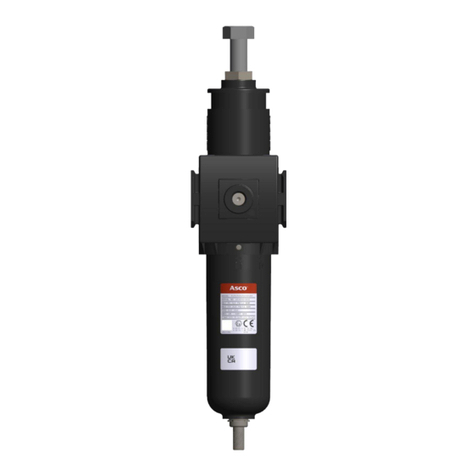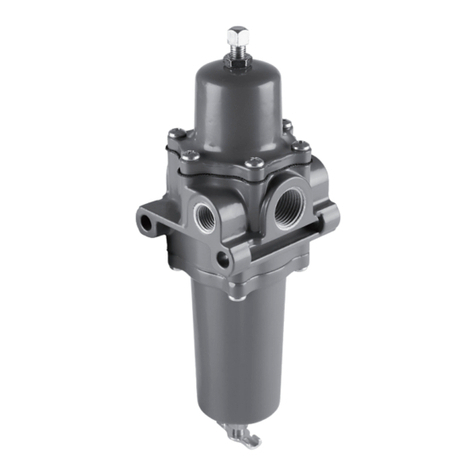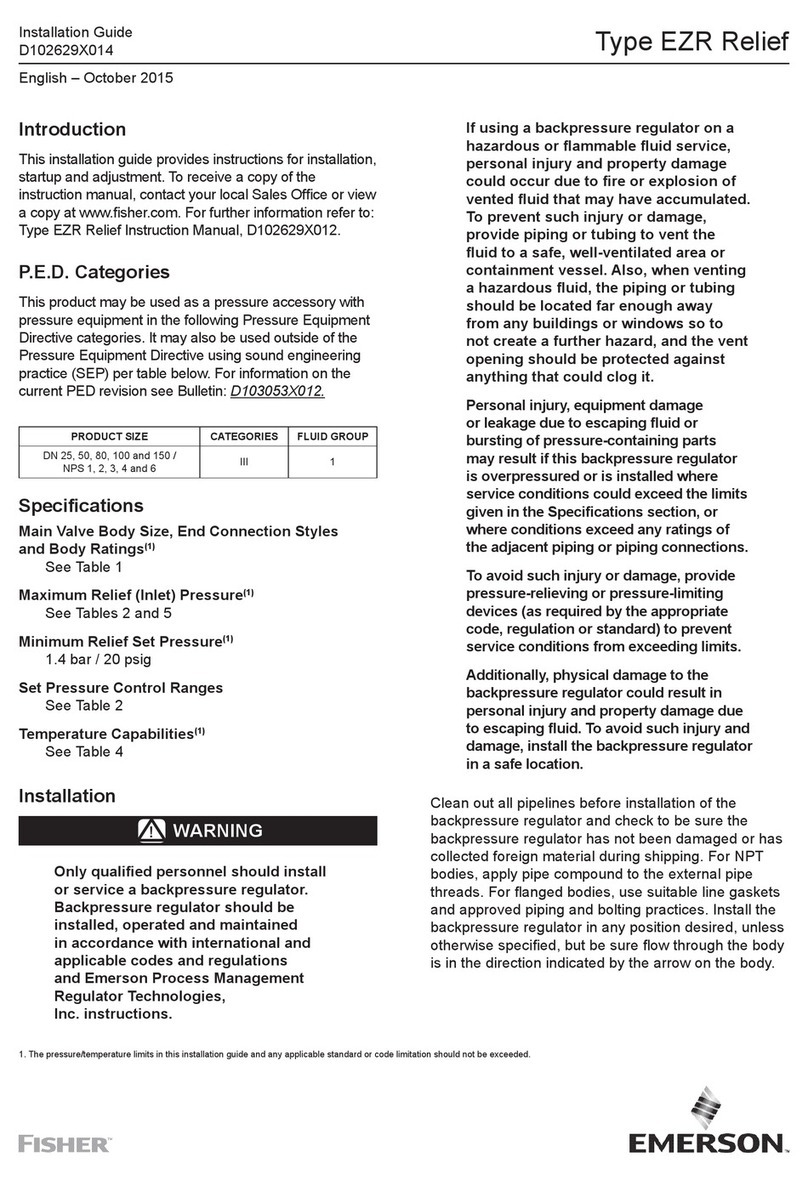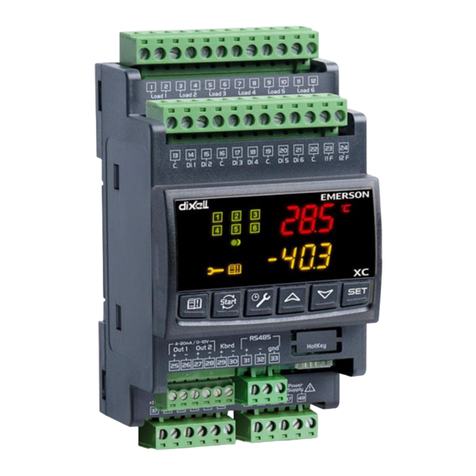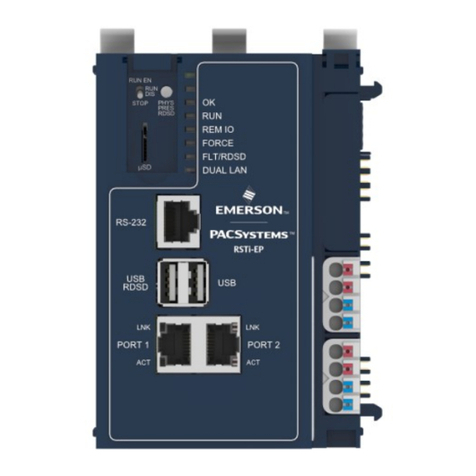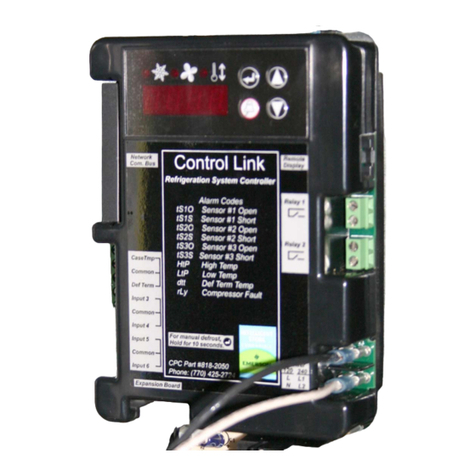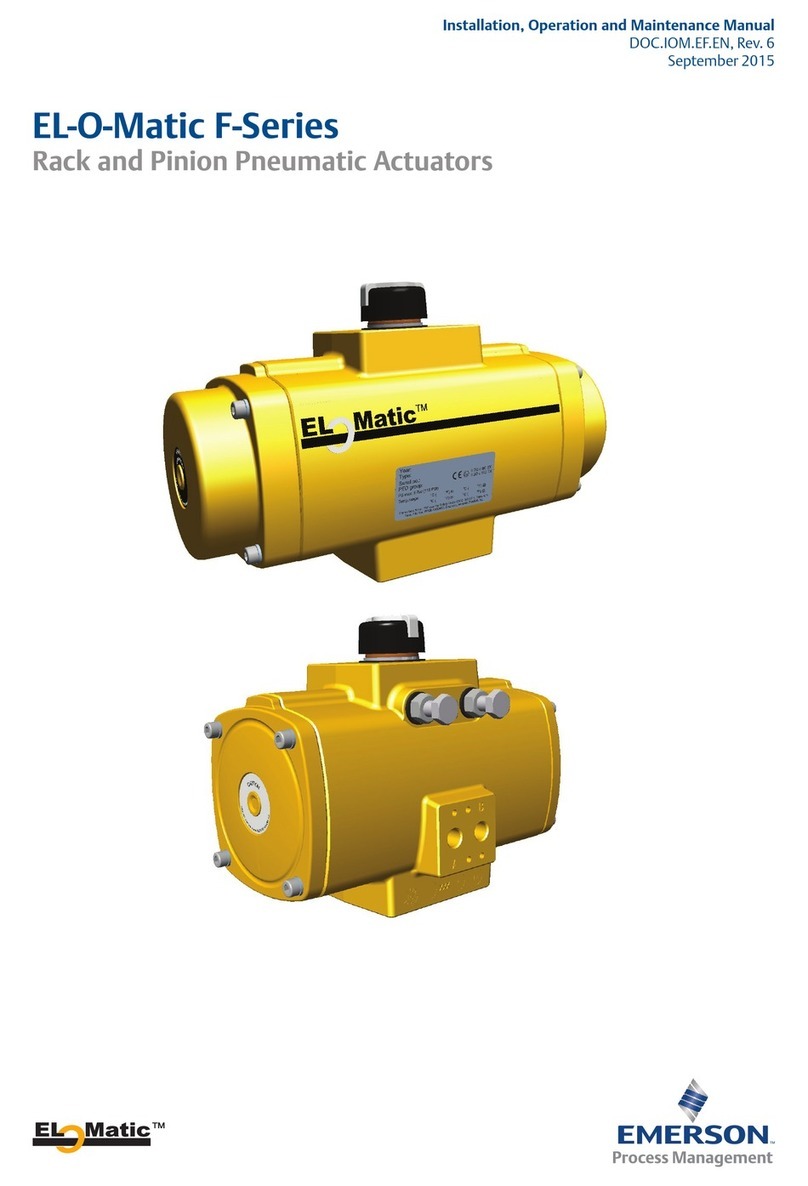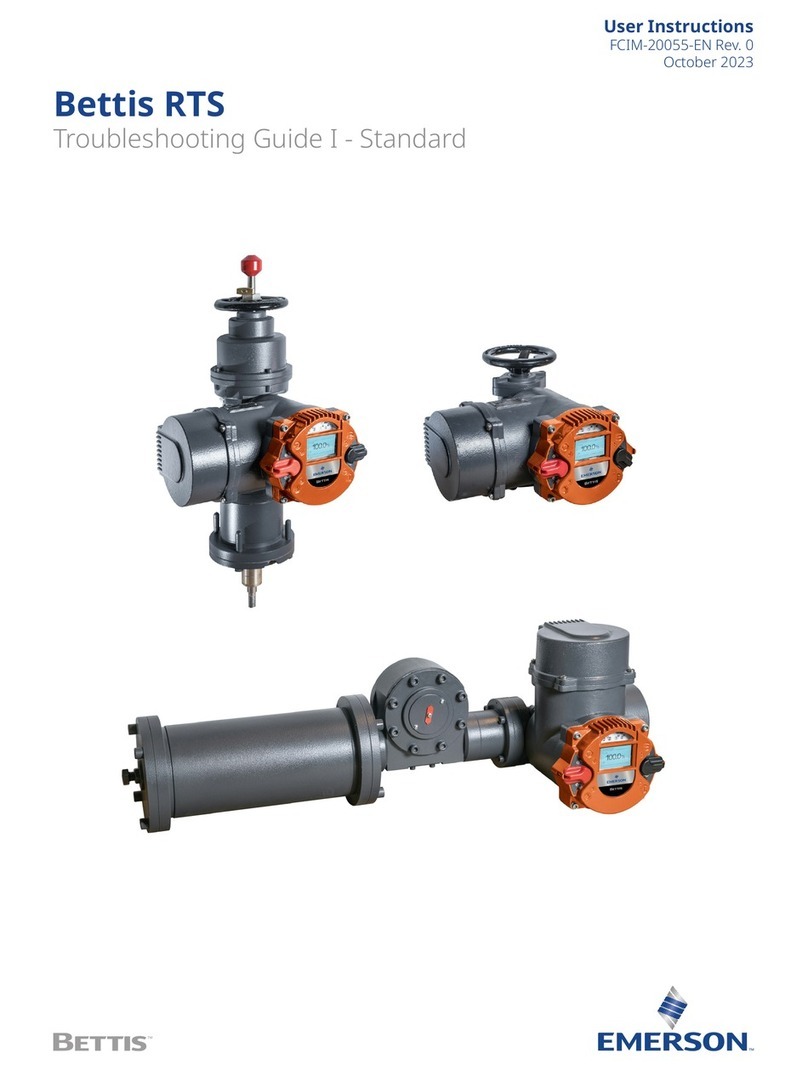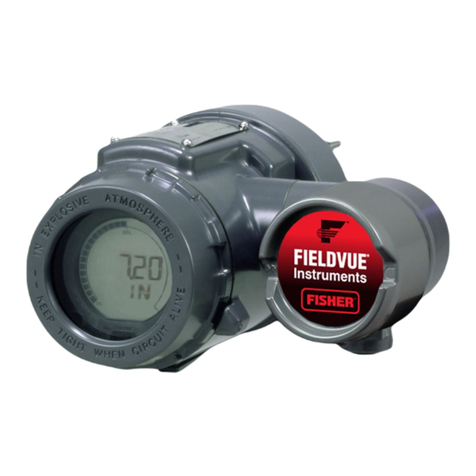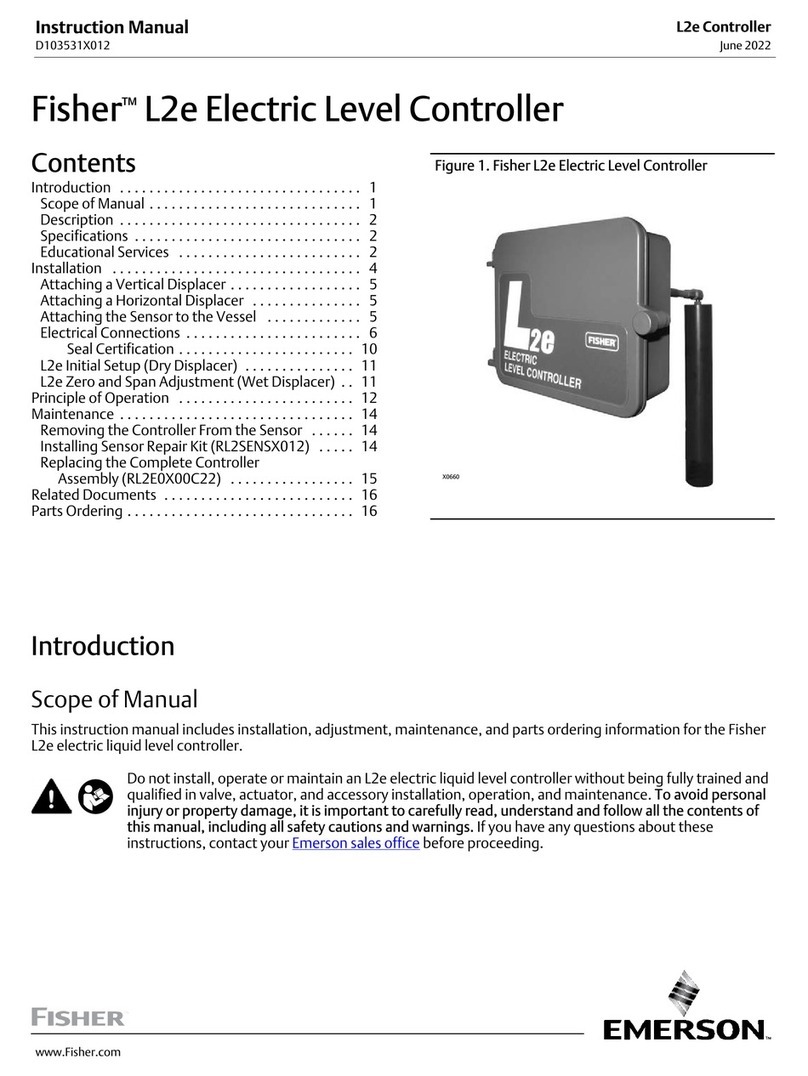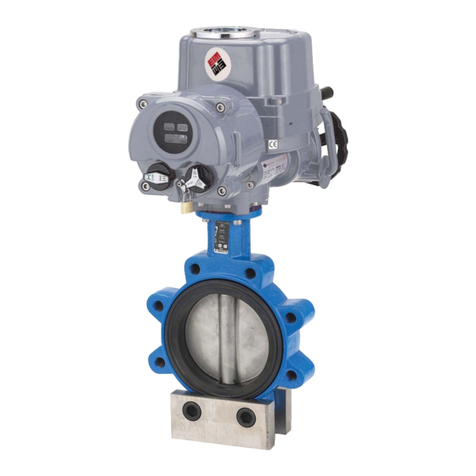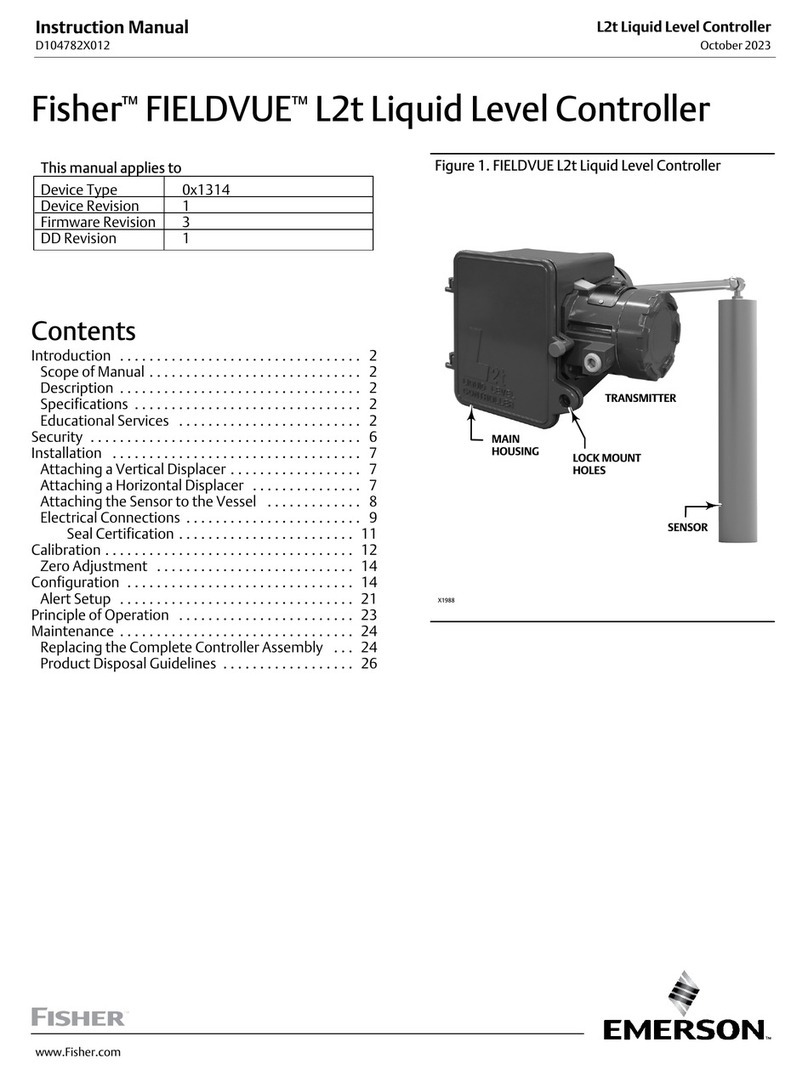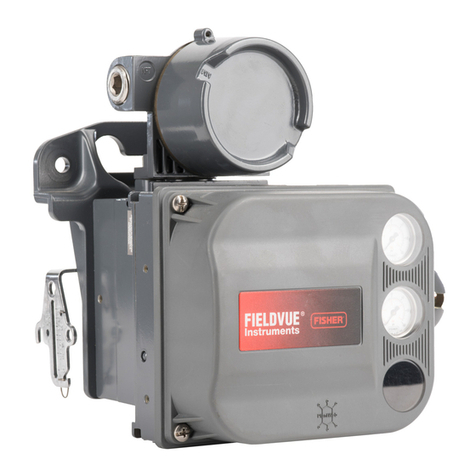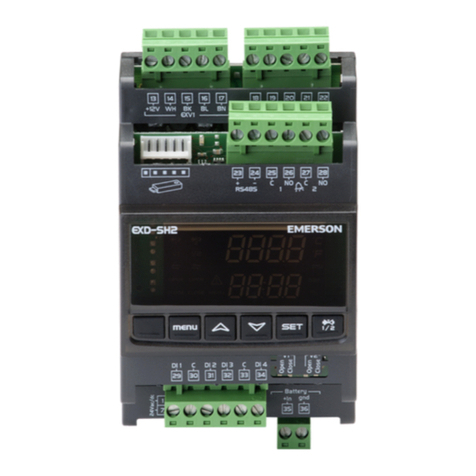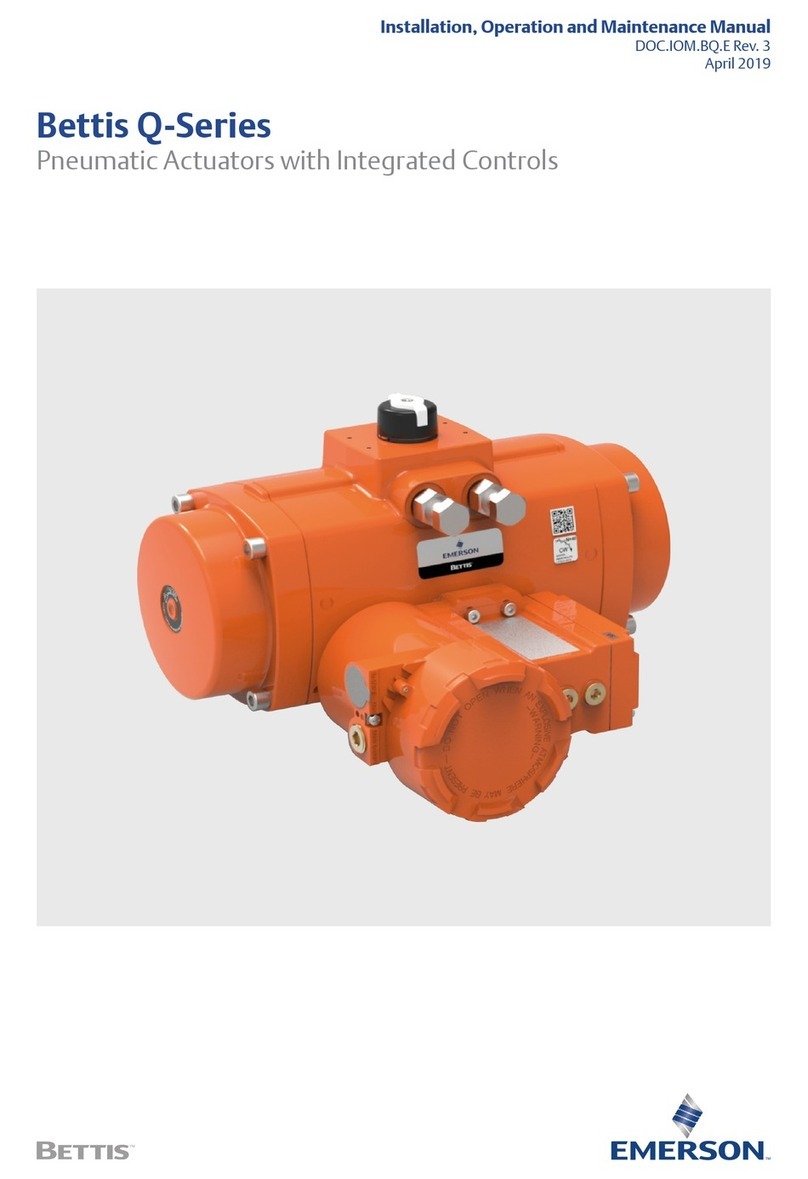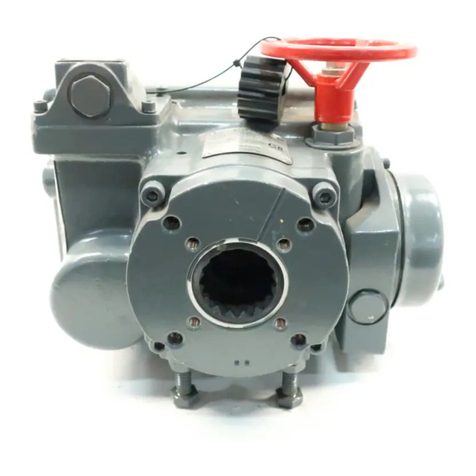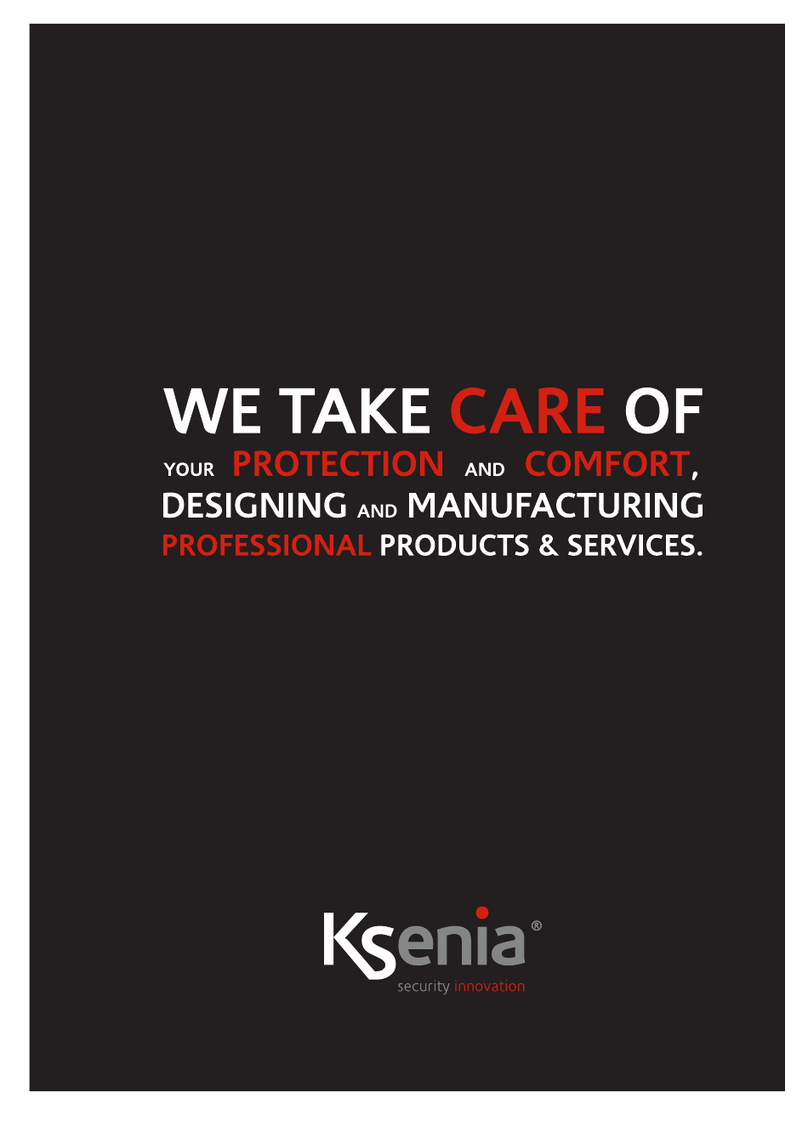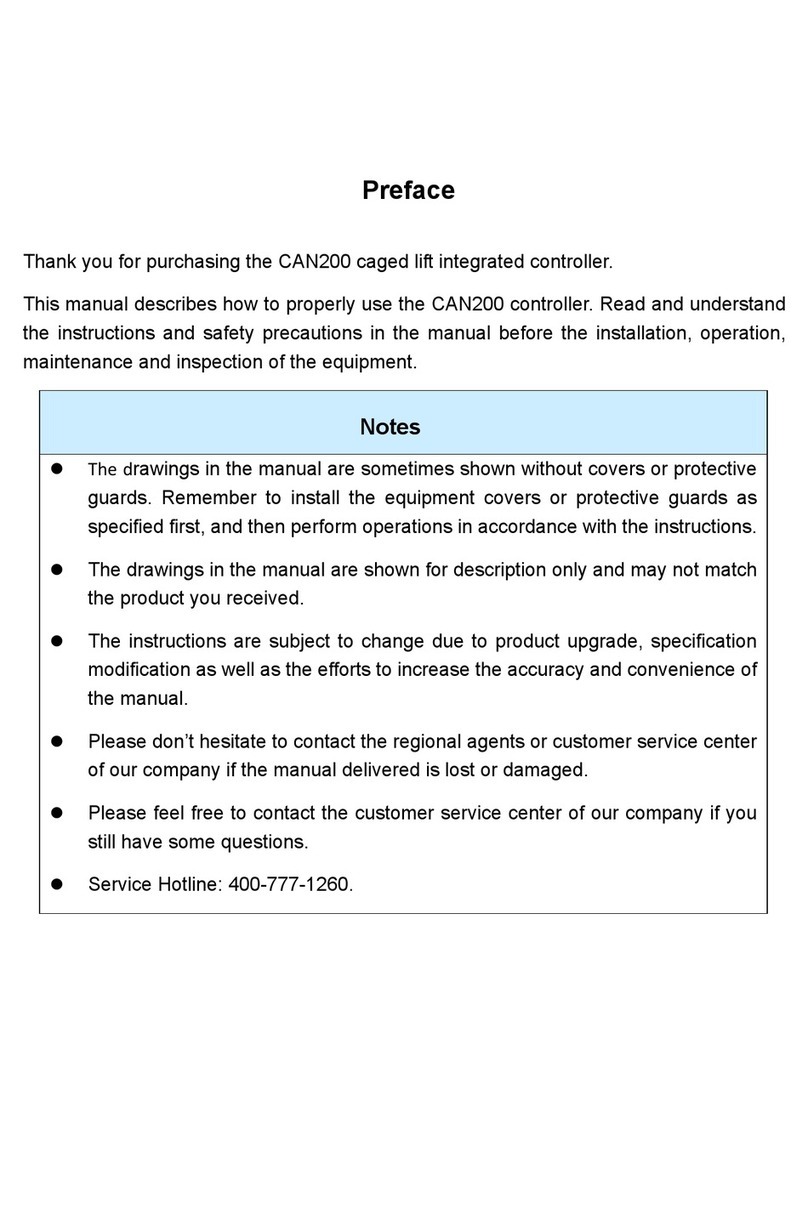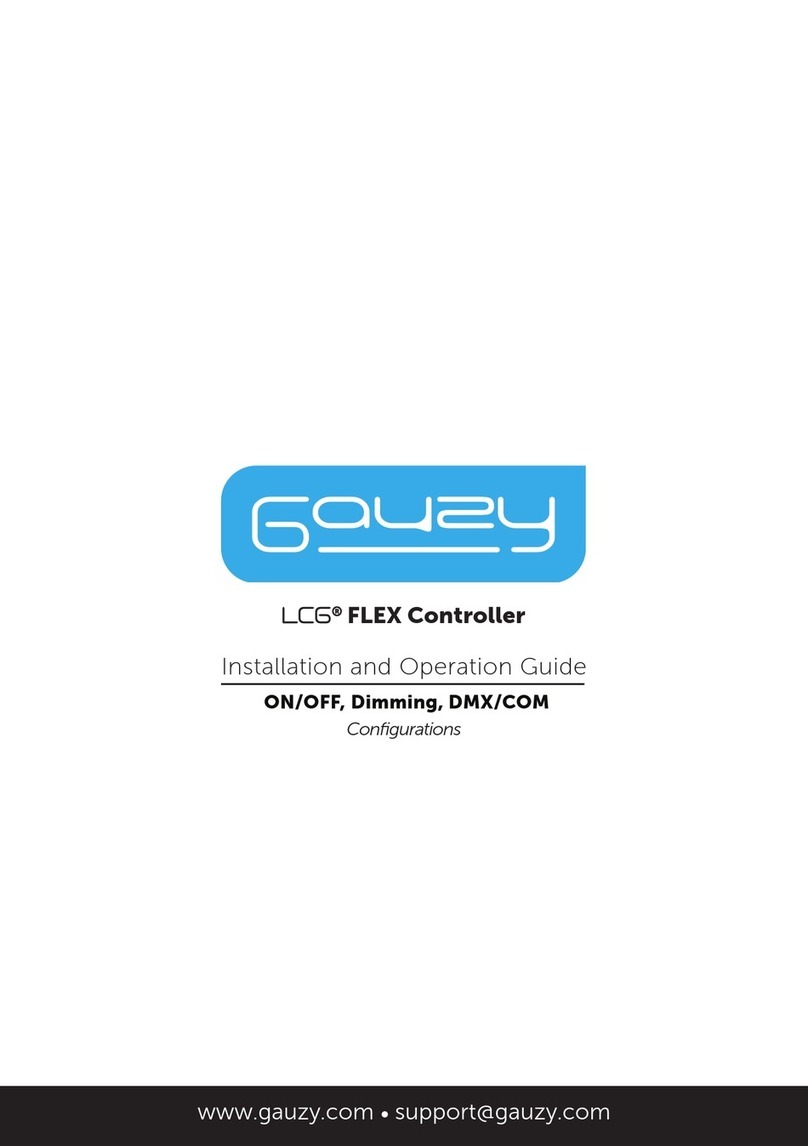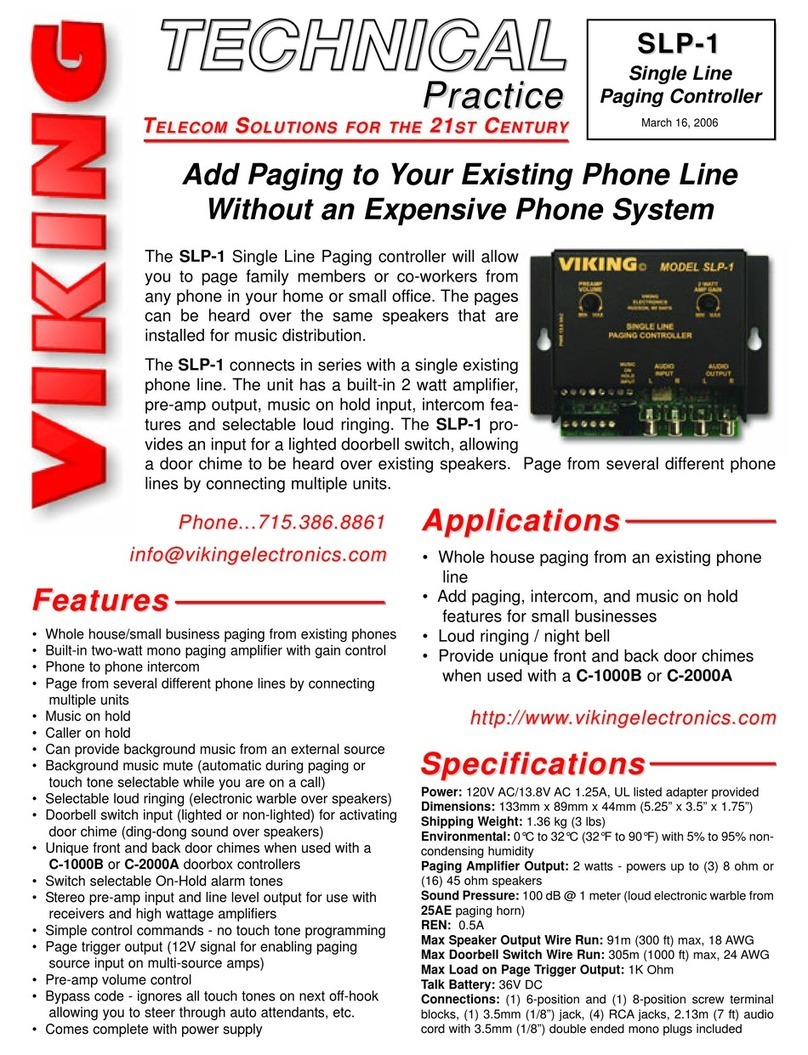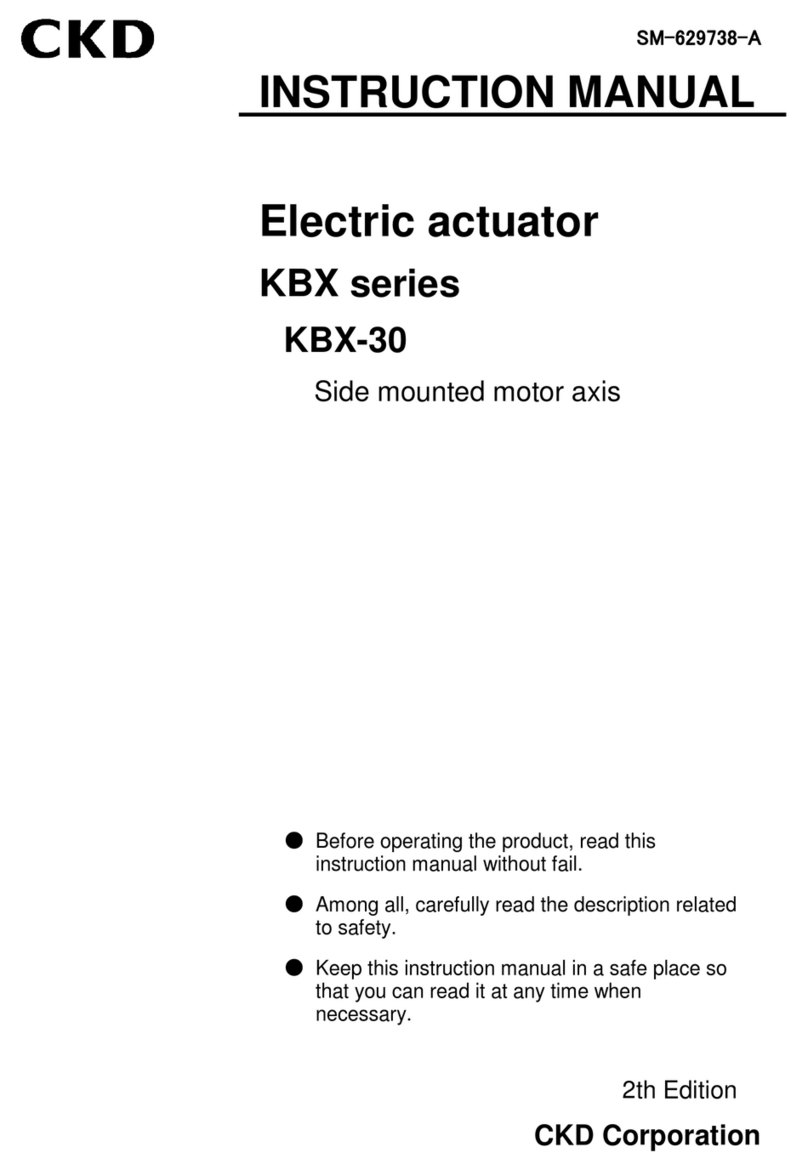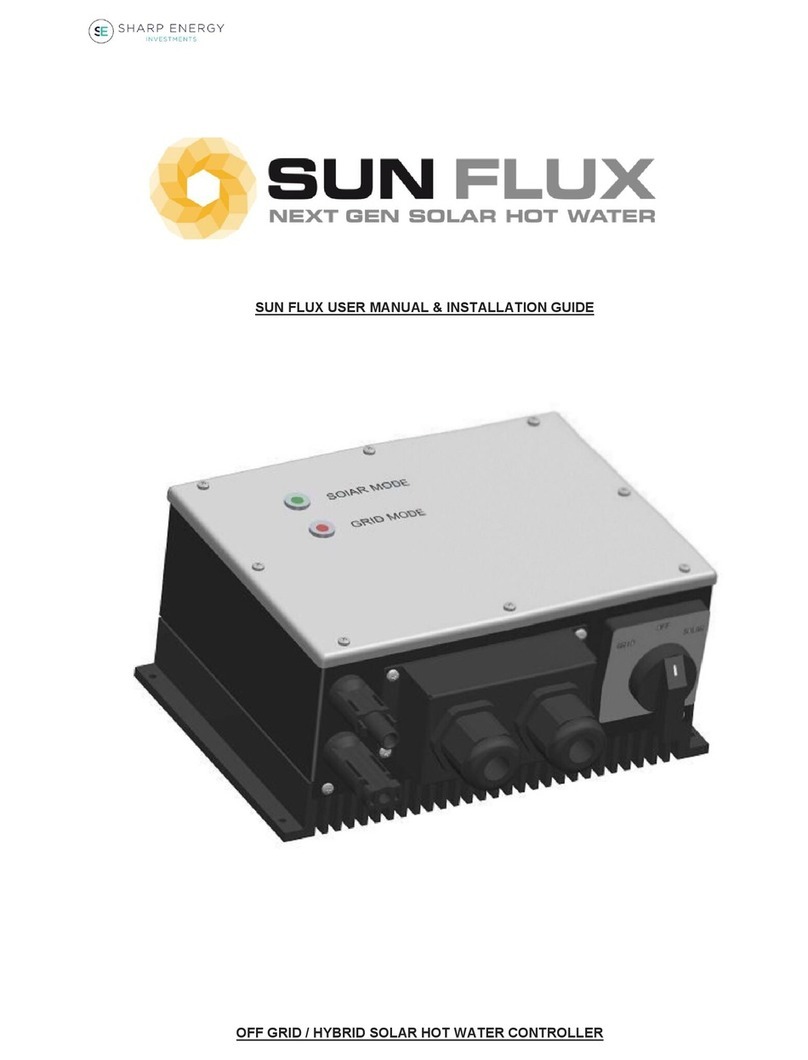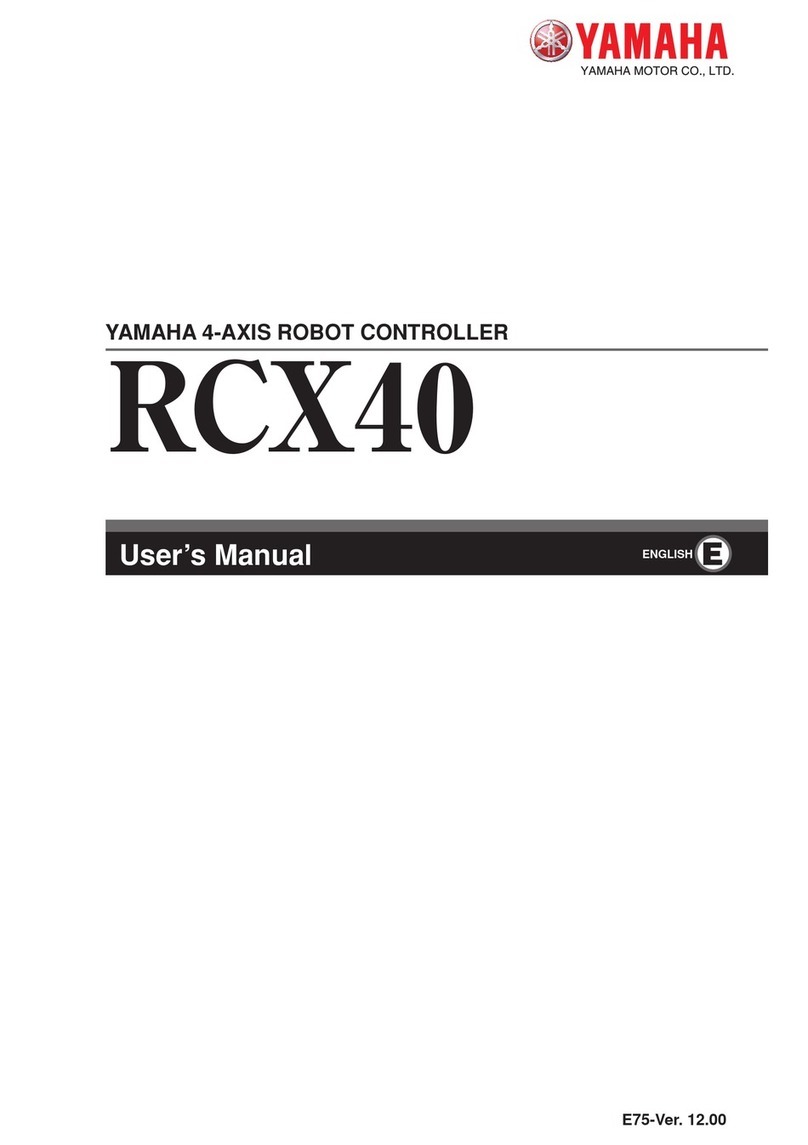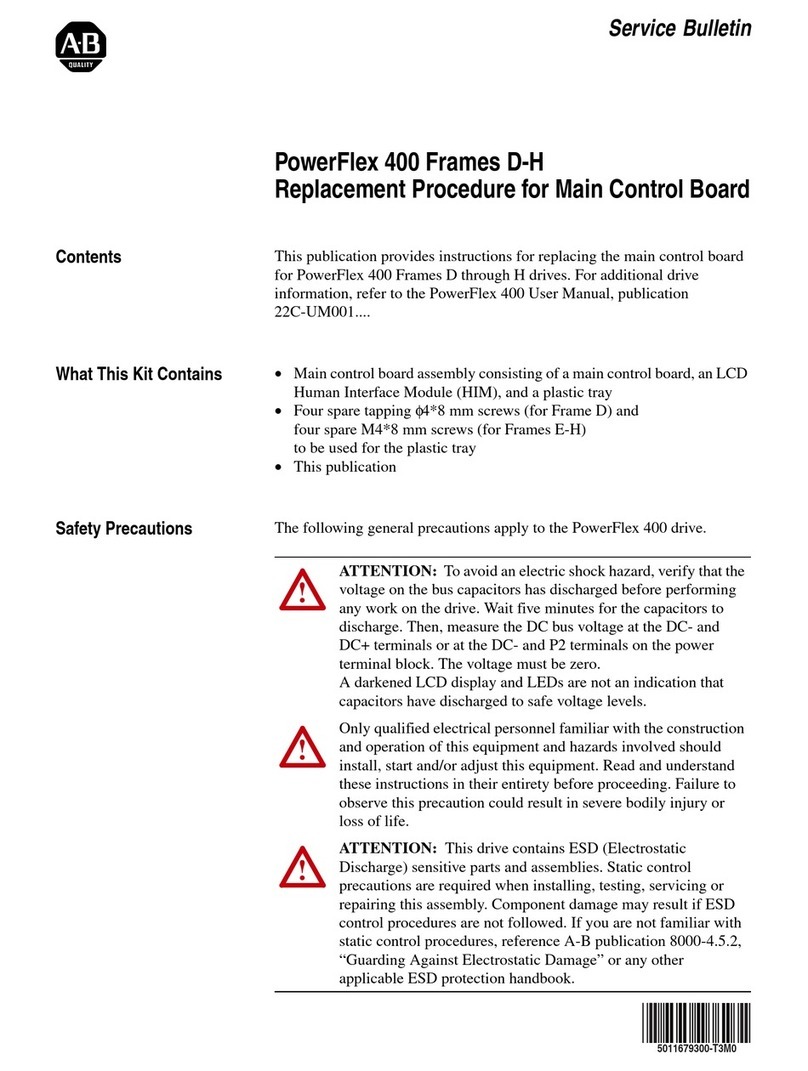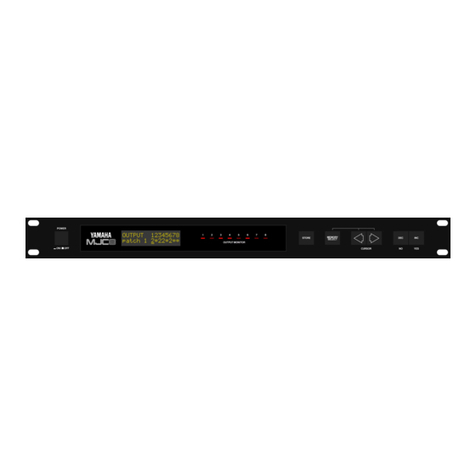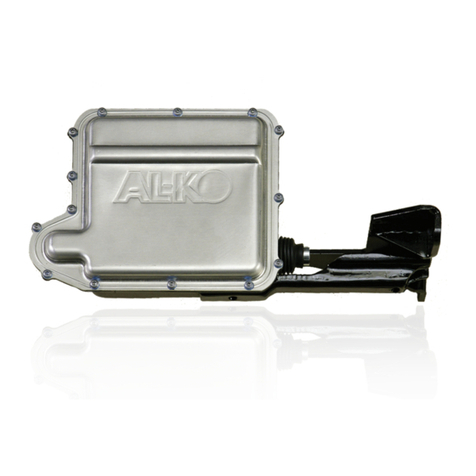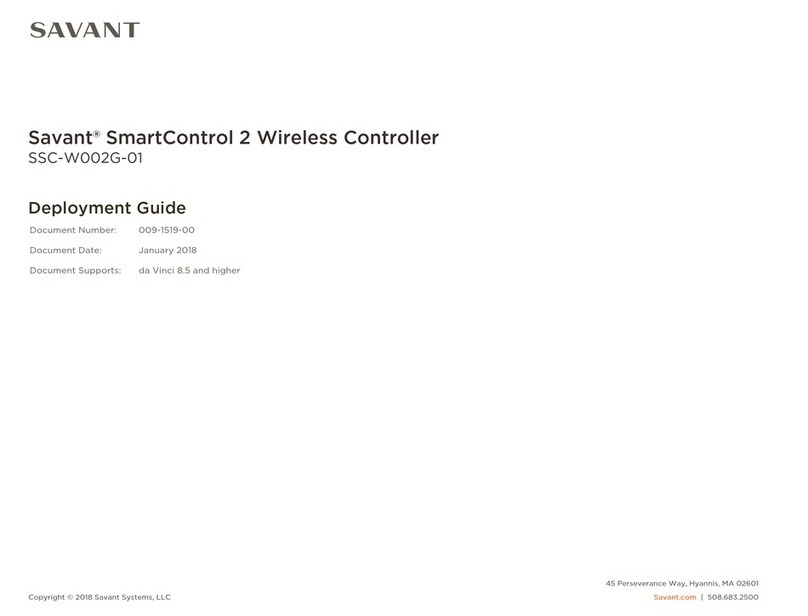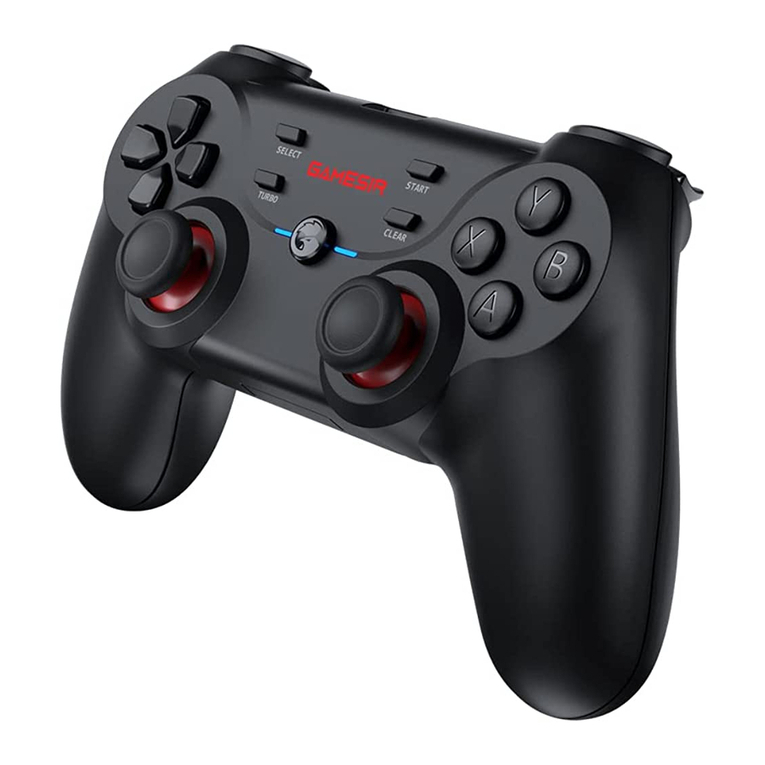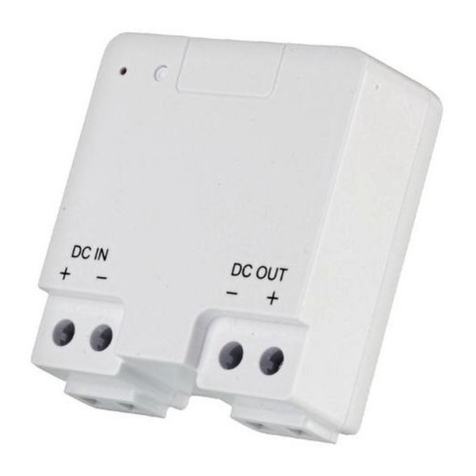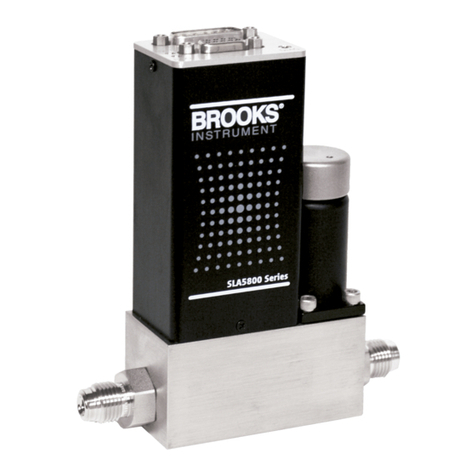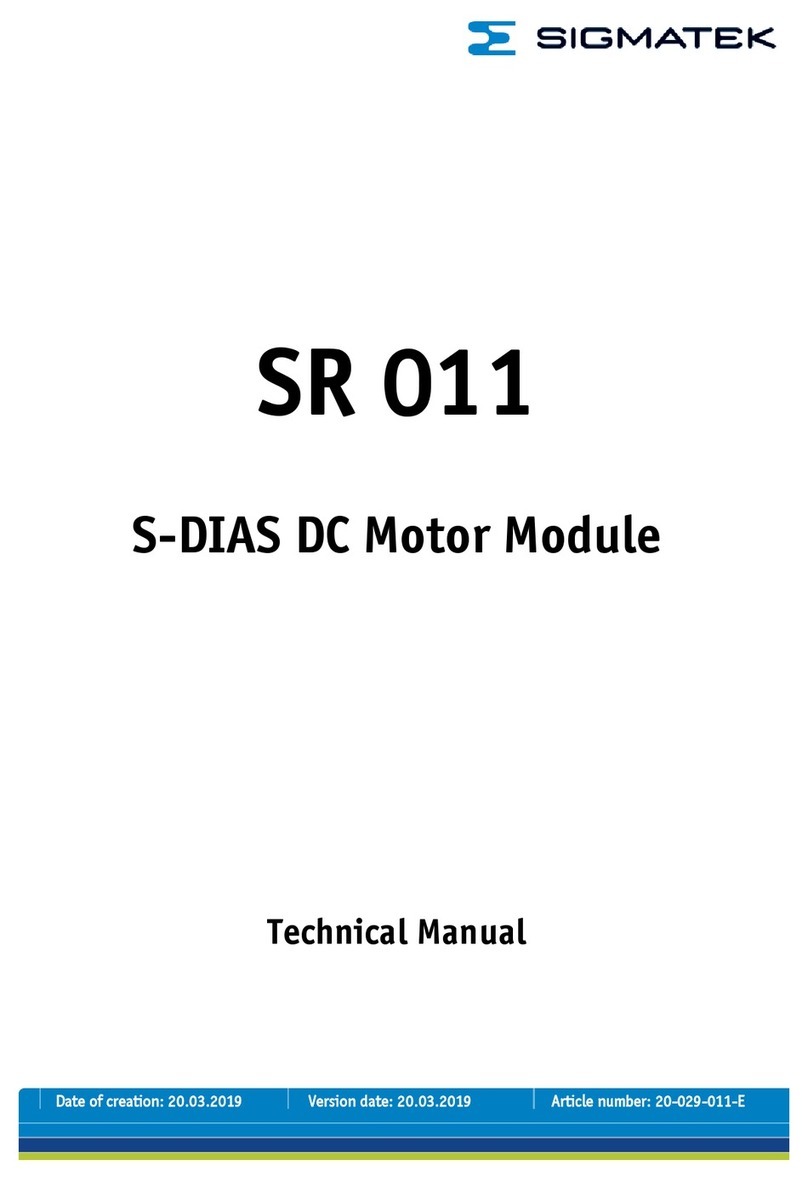
Introduction
This installation guide provides instructions for
installation, startup and adjustment. To receive a
copy of the instruction manual, contact your local
Sales Ofce or view a copy at www.sher.com. For
further information refer to: Type Y696 Instruction
Manual, D101770X012.
PED Categories
This product may be used as a safety accessory with
pressure equipment in the following Pressure Equipment
Directive categories. It may also be used outside of the
Pressure Equipment Directive using sound engineering
practice (SEP) per table below. For information on the
current PED revision see Bulletin: D103053X012.
PRODUCT SIZE CATEGORIES FLUID TYPE
DN 40 and 50 / NPS 1-1/2 and 2 I 1
Specications
Body Sizes and End Connection Styles(1)
See Table 1
Maximum Allowable Inlet and Outlet Pressures(1)
1.0 bar / 15 psig
Proof test Pressure
All Pressure Retaining Components have been
proof tested per Directive.
Control Pressure Ranges(1)
See Table 2
Temperature Capabilities(1)
Nitrile (NBR): -29 to 82°C / -20 to 180°F
Fluorocarbon (FKM): 4 to 149°C / 40 to 300°F
Perfluoroelastomer (FFKM): -18 to 149°C /
0 to 300°F
Ethylenepropylene (EPDM): -29 to 135°C /
-20 to 275°F
Installation
!
WARNING
Only qualied personnel should install
or service a backpressure regulator.
Backpressure regulators should be
installed, operated and maintained
in accordance with international and
applicable codes and regulations and
Emerson Process Management Regulator
Technologies Inc. instructions.
If the regulator vents uid or a leak
develops in the system, it indicates
that service is required. Failure to
take the backpressure regulator out
of service immediately may create a
hazardous condition.
Personal injury, equipment damage
or leakage due to escaping uid or
bursting of pressure-containing parts
may result if this backpressure regulator
is overpressured or is installed where
service conditions could exceed the limits
given in the Specications section, or
where conditions exceed any ratings of
the adjacent piping or piping connections.
To avoid such injury or damage, provide
pressure-relieving or pressure-limiting
devices (as required by the appropriate
code, regulation or standard) to prevent
service conditions from exceeding limits.
Additionally, physical damage to
the backpressure regulator could
result in personal injury and property
damage due to escaping uid. To
avoid such injury and damage, install
the backpressure regulator in a
safe location.
Clean out all pipelines before installation of the
regulator and check to be sure the regulator has not
been damaged or has collected foreign material during
shipping. For NPT bodies, apply pipe compound to
the external pipe threads. For anged bodies, use
suitable line gaskets and approved piping and bolting
practices. Install the backpressure regulator in any
position desired, unless otherwise specied, but be
sure ow through the body is in the direction indicated
by the arrow on the body.
Note
It is important that the backpressure
regulator be installed so that the vent
hole in the spring case is unobstructed
at all times. For outdoor installations,
the backpressure regulator should be
located away from vehicular trafc and
positioned so that water, ice and other
foreign materials cannot enter the spring
case through the vent. Avoid placing the
backpressure regulator beneath eaves
or downspouts, and be sure it is above
the probable snow level.
1. The pressure/temperature limits in this installation guide and any applicable standard or code limitation should not be exceeded.
Type Y696
Installation Guide
D101770X014
English – February 2016
